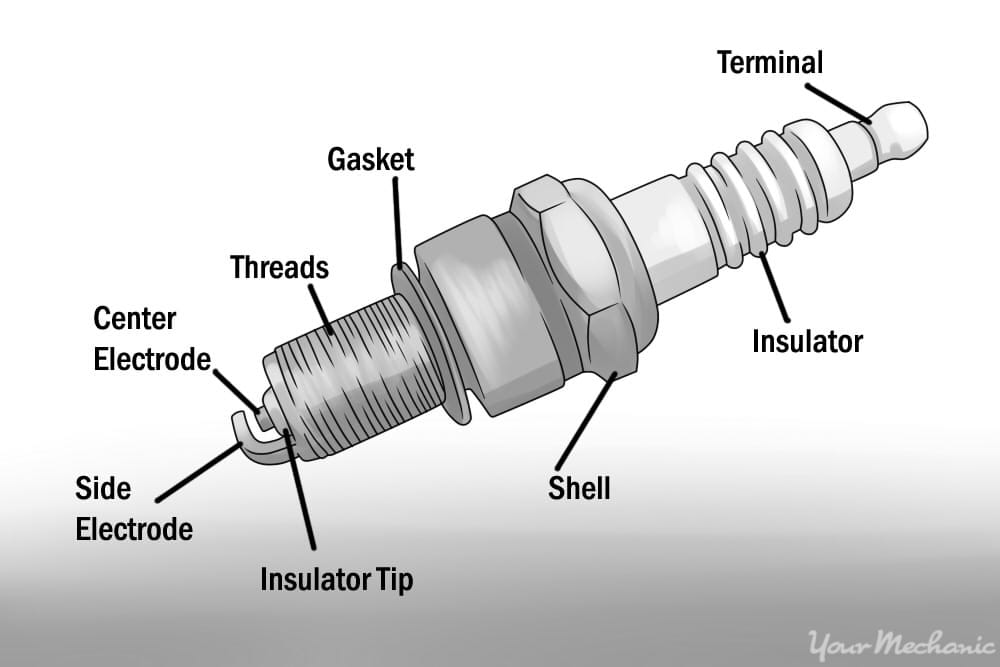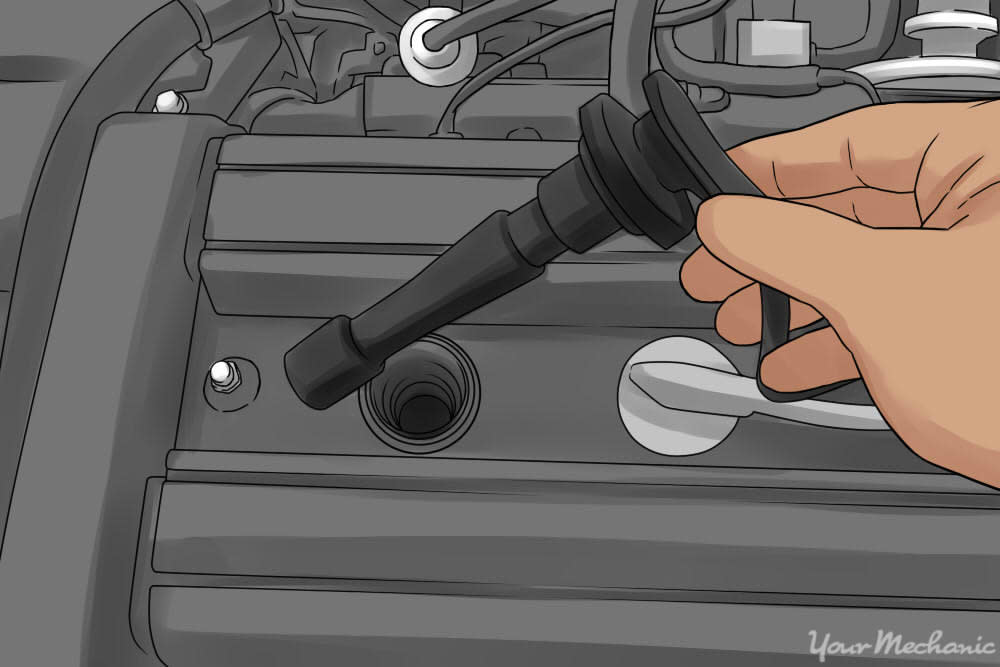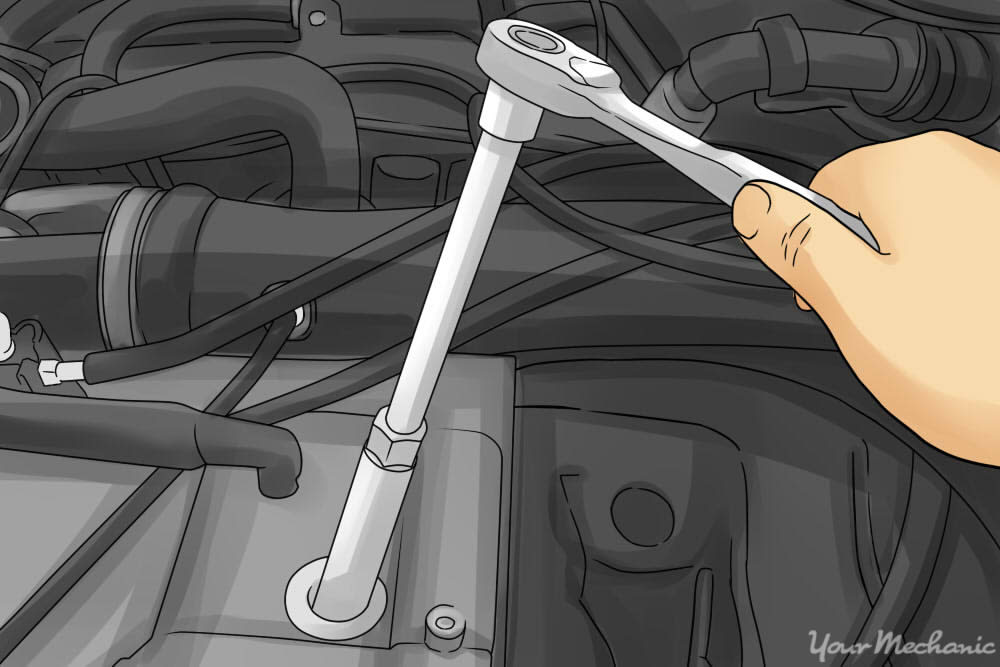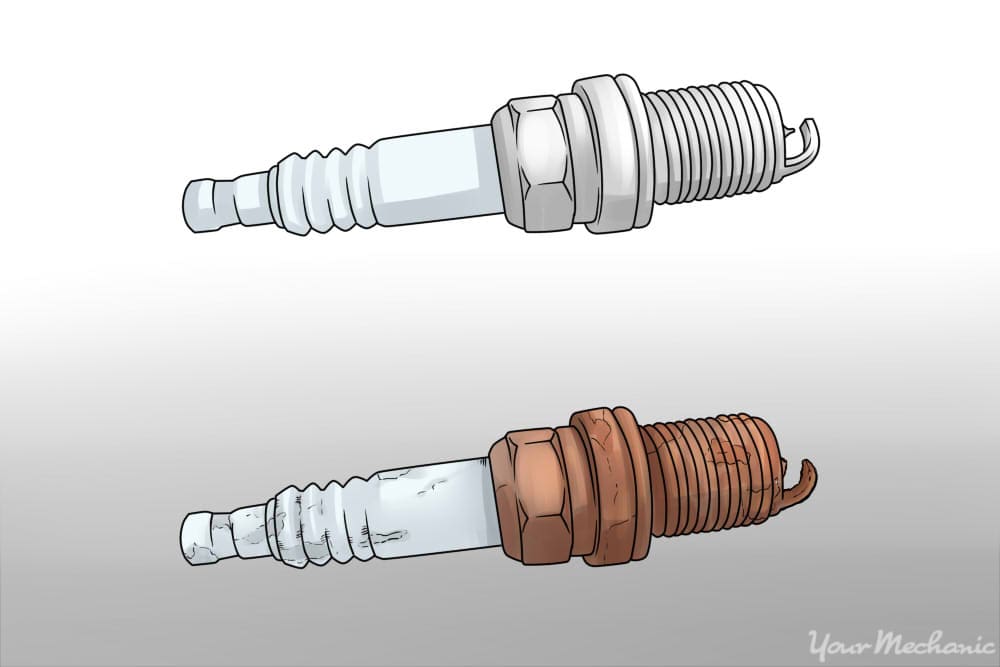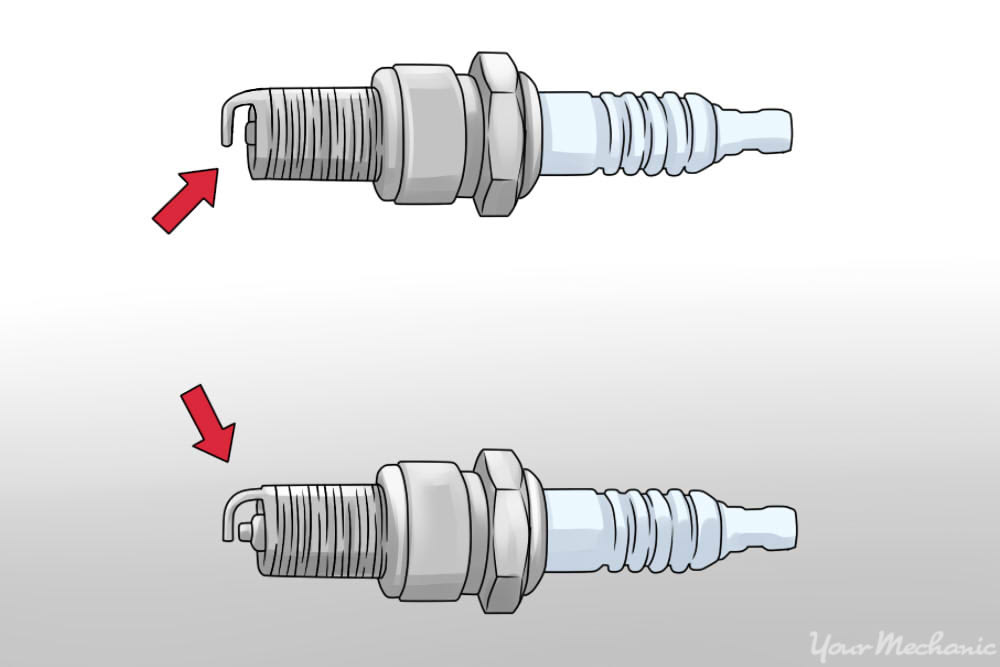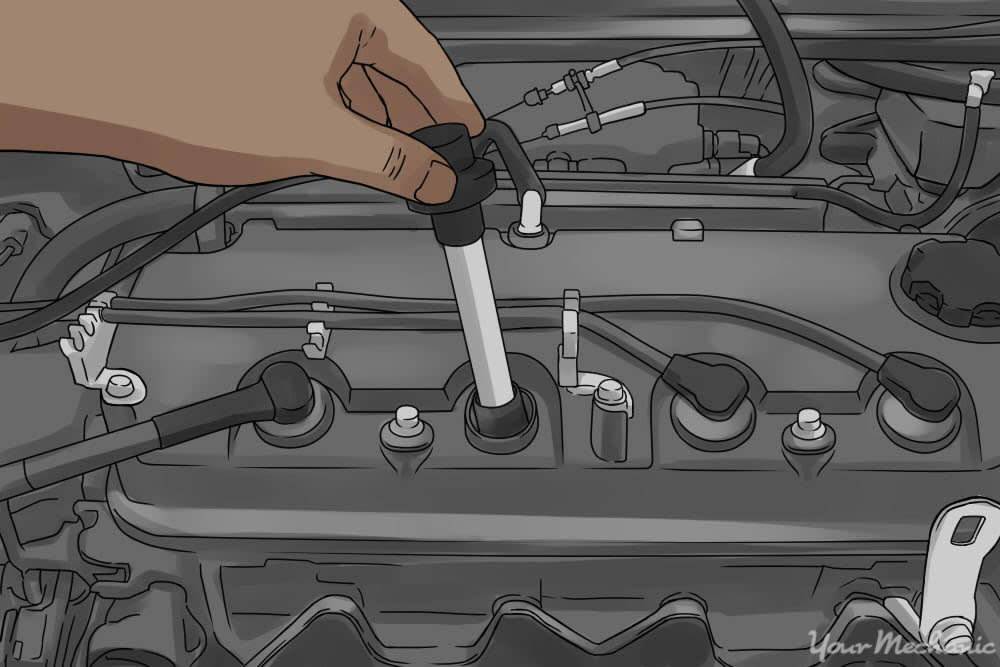

Tune-ups have changed a lot over the years. Your grandpa’s car had a distributor with points that required periodic replacement. Thankfully, computers have taken control in modern cars, eliminating the need for a lot of these archaic parts. One thing that hasn’t changed, however, is that spark plugs still require replacement.
What Do Spark Plugs Do?
Spark plugs are part of the secondary ignition system. They live up to their name by delivering the spark needed to ignite the air/fuel mixture in the engine. High voltage supplied by the ignition coil jumps across the plug electrode gap to create this spark. Spark plugs wear out for a number of reasons, including overheating, oil contamination, and carbon buildup. In general, it’s recommended that spark plugs be replaced every 30,000 miles, but this can be shorter or longer depending on the type of spark plug and vehicle model.
Modern spark plugs are usually platinum or iridium and don’t require replacement as often as traditional plugs. But they still do need service. Worn spark plugs can cause all kinds of problems including increased emissions, loss of performance, rough idle, hesitation, and hard starting. Exactly how often they should be changed is determined by the manufacturer’s scheduled maintenance table. This information can be found in the back of your owner's manual.
Tools Needed to Change Spark Plugs
- Protective gloves
- Safety glasses
- Socket and ratchet set
- Spark plug gap gauge (optional in most cases)
- Spark plug socket (⅝” or ¾”)
- Spark plug wire removal tool (optional)
- Torque wrench (optional).
How to Change Spark Plugs
-
Locate the spark plugs - The spark plugs are threaded into the cylinder head and sit underneath the coil pack or plug wire boot. If you are having a difficult time locating the plugs, a repair manual for your vehicle is helpful. Many repair manuals can be obtained for free online through Autozone.
Remove the coil packs or plug wires - First, put on the necessary safety equipment. This includes safety glasses. Gloves are optional, but highly recommended. To remove the plug wire, grip the boot and pull up while moving it side to side. If you aren’t careful when doing this the spark plug wire can tear out of the boot. This job can be made easier with the use of a dedicated spark plug wire removal tool.
Note: If your vehicle has spark plug wires, it’s a good idea to remove each wire and corresponding spark plug one at a time. This is so you don’t forget the order or routing of the plug wires. Alternatively, you can mark each wire with the cylinder number before removal. The bottom line is, engines having a firing order and the plug wires must be re-installed exactly how they were.
-
Remove coil packs - If your vehicle has individual coil packs the job is much easier. To remove the coil packs, start by removing the hold down bolt. This is a small bolt, usually with a 8mm or 10mm head. Once the bolt is moved, pull the coil pack straight up and out of the valve cover.
Remove the spark plugs - This step is where the magic happens. Wait until the engine is cool to the touch before doing this. Attach your spark plug socket to the end of your extension and ratchet. Once the engine is cool, insert the socket into the spark plug hole until you feel it grip the top of the plug. You should be able to push the rubber portion of the plug socket firmly over the plug.
-
Turn ratchet - Next, slowly turn the ratchet counter clockwise to loosen and remove the plug. As was stated above, it’s a good idea to replace the plugs one cylinder at a time so the firing order doesn’t get mixed up.
Inspect the old plugs - Take a look at the old plugs before you toss them out. Plugs can reveal a great deal of information about the health of the engine. Normal deposits will be light brown or tan in color. If the plugs are physically damaged, black, wet or white suspect an engine problem.
-
Get the correct replacement plugs - Getting the correct plugs is as easy as going to the auto parts store and specifying the year, make, model and engine of your vehicle. It’s crucial that you buy the right type of spark plugs, and that you buy quality replacement spark plugs for longevity. Ask for original equipment (OE) style spark plugs that are pre-gapped. Of course, it’s a good idea to compare the old plugs to the new ones before installation.
Gap the spark plugs(if necessary) - Start by inserting the spark plug gap gauge in the gap between the electrodes. Consult the repair information for your vehicle to determine the specified gap (the parts store will also be able to provide you with this information). If the gap is greater than specified, make it smaller by gently tapping the plug on a wooden surface with the gauge in between the plug gap until the desired measure is set.
Tip: Most modern vehicles use plugs that come pre-gapped to fit the particular engine application. This means gapping isn’t necessary, although some technicians still check the cap to be sure.
Tip: Even if you have an older vehicle that originally came with plugs that had to be gapped, you can ask for pre-gapped plugs at the auto parts store.
- Install the new spark plugs - Place the plug into the end of your spark plug socket. Insert the socket and extension into the hole and gently thread the plug into the hold (turn it clockwise). Keep turning it until you feel the plug bottom out.
Note: Some technicians like to apply a light coat of anti-seize to the plug threads before installation. This is the conventional method, however, some technicians argue that the anti-seize can cause problems. These technicians prefer to install the plugs dry. Personally, we have used both methods without any problems.
Note: Never over-tighten the plugs as cylinder head damage can result. If you are uncertain as to how tight the plugs should be, torque them to specification using a torque wrench. These specs can be found in the vehicle repair guide.
- Re-install the coil packs or plug wires - To re-install the plug wires, simply place the boot over the tip or the plug and push down. You will know the boot is secure when you hear it click into place. If your vehicle has coil packs, just drop the coil pack into the cylinder. It does not need to click into place. Then, install the hold down bolt and tighten it down.
If you prefer to leave spark plug replacement to the pros, YourMechanic offers quick and efficient spark plug service. And the best part is we come to your location. Instead of getting dirty under the hood, you can kick back in the comfort of your own home while we do the work for you.



